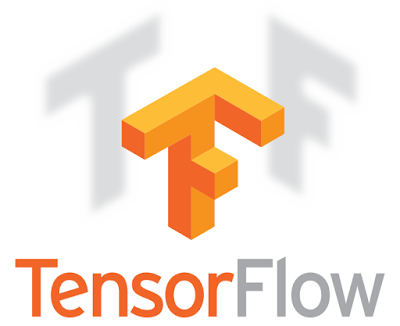Tech giant Google recently announced that its machine learning system TensorFlow will be released in the open source platform. By releasing its system into the open source platform, Google is allowing developers and researchers to freely use its codes in order to develop and improve the system.
Google chief executive officer Sundar Pichai made the announcement on the company's official blog posting, "We use TensorFlow for everything from speech recognition in the Google app, to Smart Reply in Inbox, to search in Google Photos. It allows us to build and train neural nets up to five times faster than our first-generation system, so we can use it to improve our products much more quickly."
TensorFlow is Google's second-generation machine learning system. It is the successor of DistBelief which is at the heart of some of Google's current services.
Google said that TensorFlow is a flexible system that can run on several platforms. The system can run on supercomputers, laptops and even smartphones. This will allow developers to freely create and migrate their algorithms on several platforms. According to Extreme Tech, developers can create an algorithm on a tablet and then run it on a more powerful desktop computer.
Releasing TensorFlow into the open source platform means that it can easily be accessed by the tech community. Many tech analysts believe that this approach could help trigger the proliferation of more sophisticated machine learning system. Considering Google's approach when it comes to hiring new employees, releasing TensorFlow into the open source platform might be the company's best advertisement in order to pick the best coders and developers to join its growing pool of talent.



























